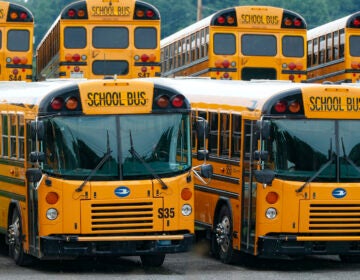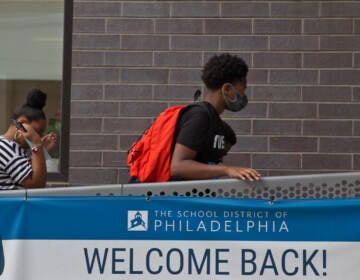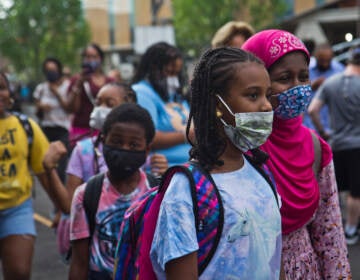City teachers wary of opening schools without contact tracing and a vaccine
More than 6,000 teachers participated in PFT survey. They worry that it will be nearly impossible to enforce social distancing or teach with masks on.
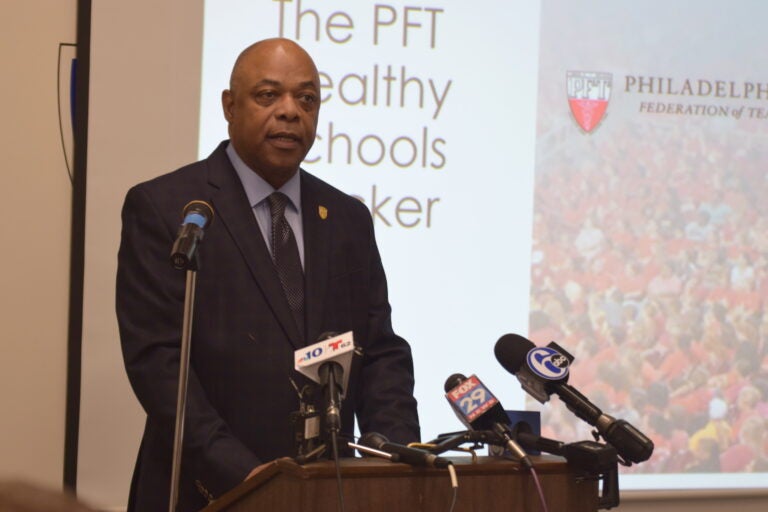
Philadelphia Federation of Teachers President Jerry Jordan. (Greg Windle)
This story originally appeared on The Notebook.
Most Philadelphia teachers don’t think schools should open in September until the infrastructure exists to test, trace and isolate new cases of COVID-19, and four out of five are strongly in favor of limiting enrollment based on physical space in classrooms, according to a survey by the Philadelphia Federation of Teachers.
More than half said there are “extremely concerned” about opening schools before there is a vaccine.
Nearly all are at least “very concerned” about the School District’s ability to properly prepare its buildings for reopening and to maintain safe and sanitary conditions. More than 90% say it is crucial for the union to be heavily involved in developing and carrying out any reopening plan.
The PFT survey was conducted between May 12-18, with more than 6,300 members responding.
“It is clear from reading the results that our membership is, rightfully, deeply concerned about the health and safety of their students, themselves, and their families,” said PFT President Jerry Jordan in a statement. He said the results provide “important starting points” for any safety protocols that will be necessary before schools can reopen.
Asked about various conditions necessary to maintain safety in schools, 91% gave the highest ranking on a 1 –5 scale to having access to handwashing stations, three quarters to daily monitoring of student and staff health, and 57% to the need for students and staff to wear masks. In terms of social distancing, 66% gave the highest ranking to limiting enrollment based on physical space in classrooms, and 52% to a “hybrid” model of school that combines in-person and remote learning.
Nearly all, 87%, say that schools should not open unless they have all been cleaned according to Centers for Disease Control (CDC) guidelines, and if they are cleaned daily after opening according to such guidelines.
Opinions were more split on scheduling, with 54% favoring a staggered schedule in which students came in on alternate days and 51% favoring a morning-afternoon split.
More than 70% want “at risk/vulnerable” students and staff to have options for continuing to learn or work remotely. Opinion on another option – whether students should stay in one place all day with teachers moving throughout the building – was much more spread out. So was opinions on whether assemblies and field trips should be limited and whether there should be restricted access to cafeterias and schoolyards.
About three-quarters also said they were extremely concerned about challenges faced by students with special needs in any reopening and with the “equity of implementing this plan.”
Given the opportunity to provide general feedback, teachers offered a variety of opinions, from “teachers WILL die if schools reopen too early” to “I feel that students need to get back into brick and mortar locations. I think with proper guidelines and implementation this can be done.”
One teacher said: “We cannot return with 30 to 40 elementary students tightly in a classroom if CDC says no social gatherings with more than 10 or so people.” Philadelphia has some of the largest class sizes in the area, allowing up to 30 students in kindergarten through third grade and 33 above that. And many of its schools are overcrowded.
“It seems obvious that class size reductions would be an absolute minimum,” one teacher wrote.
Cleaning is another big issue.
“I am the technology teacher and have a lab of 34 computers. My concerns are how I would keep clean the keyboards and mice…”
One noted that some classrooms in the early grades are set up with students facing each other at tables in close proximity. “HUGE concern about children maintaining space and mask situation,” one teacher wrote. A speech therapist noted that they could not do the work with students wearing masks. “How do you teach phonics and oral language with a mask on,” asked a teacher.
Teachers cited a variety of reasons why teaching with a mask on would be difficult or impossible, both from a learning and a health standpoint.
“There are many people who are claustrophobic or asthmatic and cannot wear a masks or face covering all day,” one wrote. Another noted that for kindergarten students “the masks will need to be tied (like shoes) several hundred times a day, which will make social distancing impossible.” And, asked another teacher, what about the deaf and hearing- impaired students, for whom ASL relies on facial expressions and lip reading. Not to mention English language learners, who will “have more problems understanding teachers who are wearing masks.”
Many teachers noted that they or their partners have health issues that put them at particularly high risk. “I am a high-risk person, and I feel that going back to school without a vaccine will put my health in danger,” one wrote.
There was particular concern about students with special needs, both in terms of supporting their needs and dealing with behaviors that could not easily conform to new norms for social distancing and requirements like mask wearing.
“Autistic students with sensory issues will not wear masks,” one noted. Another said, “Regression with special education in particular who are already grade levels behind.”
Music and art teachers asked how they could possibly do their jobs with shared materials. Another “specialist” teacher noted that 150 different students a day would come to their room “sharing a variety of materials, and it is unrealistic that I will be able to sanitize all materials between classes and at the end of the day.”
One teacher simply said that the price of safety might have to be a whole year of virtual school.
“Having one year of virtual school will be a burden on many, BUT the costs that the virus brings far outweighs the ‘inconvenience’ we all will have to deal with for one year.”
Jordan noted that the PFT has been pressuring the District over safe conditions in schools before the pandemic regarding lead, asbestos and other toxins and is part of the Fund Our Facilities Coalition with parents and advocates. The relationship between the PFT and the District has not been amicable, and negotiations are ongoing for a contract that expires at the end of August. In all likelihood, the pandemic has opened a whole new set of issues to deal with as the talks proceed.
The survey was based on a detailed reopening plan advocated by the PFT’s parent organization, the American Federation of Teachers. Arthur Steinberg is president of the Pennsylvania Federation of Teachers and participated in developing the AFT’s national plan.
“As we look towards statewide recommendations, we will be working with scientists, epidemiologists, national experts, and our national union to further home in on recommendations as we move forward,” he said.
Superintendent William Hite has a working group planning for reopening schools, and has said that it is important for the union to be part of the discussion.
WHYY is your source for fact-based, in-depth journalism and information. As a nonprofit organization, we rely on financial support from readers like you. Please give today.


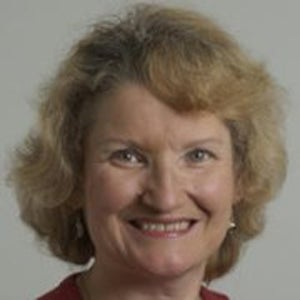

![CoronavirusPandemic_1024x512[1]](https://whyy.org/wp-content/uploads/2020/03/CoronavirusPandemic_1024x5121-300x150.jpg)
